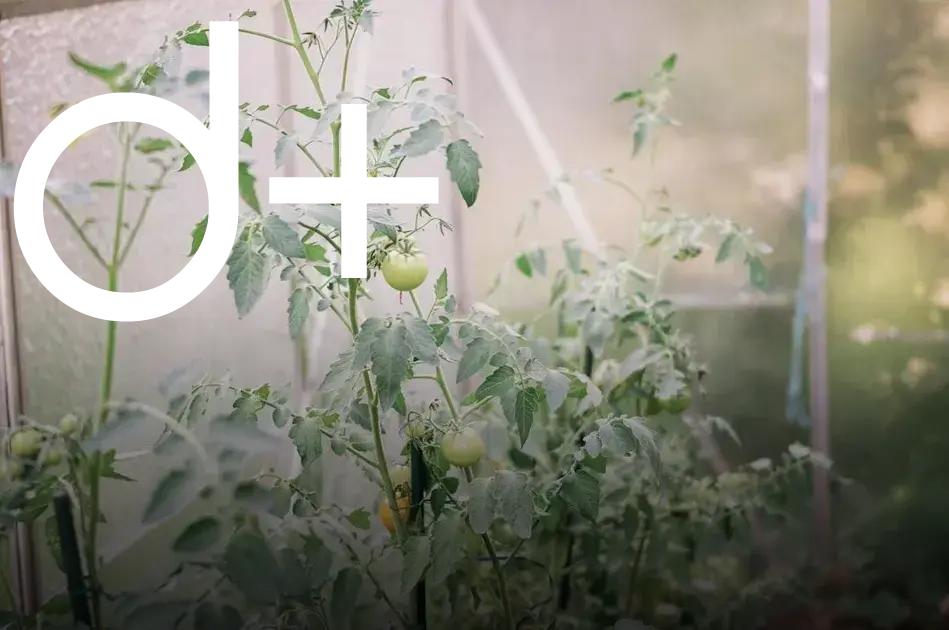Have you ever wondered how to grow herbs indoors on your windowsill effectively? Growing herbs indoors is a delightful and satisfying hobby that offers fresh, aromatic herbs right at your fingertips. In this guide, we’ll explore how to choose the right herbs, prepare your windowsill for optimal growth, and maintain the perfect environment for your indoor herb garden. With the right containers and watering techniques, your windowsill will transform into a lush, green oasis.
Choose the Right Herbs
When deciding which herbs to grow indoors, consider both your personal culinary preferences and the environmental conditions within your home. Basil, parsley, and cilantro are popular choices for many beginner gardeners due to their versatility in various dishes and relatively easy care requirements. These herbs not only add flavor to your meals but also thrive well on a windowsill.
It is important to choose herbs that can adapt to indoor conditions. Some herbs, like mint and oregano, are known for their hardiness and ability to grow in less-than-ideal lighting, making them suitable for locations with limited natural sunlight. If your kitchen receives more sunlight, you might consider growing rosemary or thyme, which prefer brighter environments.
Consider Growth Habits
Before planting, research the growth habits of each herb. Chives, for example, grow well in clumps and appreciate occasional trimming. Meanwhile, lavender may require more space and prefers slightly drier conditions, so it might not be the best choice for a crowded windowsill garden.
Remember, mixing different herbs in one container can create a beautiful and practical mini garden but choose herbs with similar growth requirements to ensure success. With thoughtful selection, you’ll have fresh herbs on hand for cooking, enhancing both your meals and your indoor space.
Prepare Your Windowsill

Transforming your windowsill into a thriving herb garden requires a bit of preparation. Follow these steps to ensure your herbs have the perfect environment to grow.
Consider the Sunlight
Ensure your windowsill can provide adequate sunlight. Most herbs need 6-8 hours of direct sunlight each day. South-facing windows are ideal for maximum exposure. If your windowsill doesn’t get enough natural light, consider using grow lights to supplement.
Clear and Organize the Space
Before placing your herbs, clear any clutter from your windowsill. This not only provides needed space but also helps maximize light exposure. Organize your containers to ensure each plant receives adequate sunlight.
Check for Temperature Fluctuations
Herbs thrive in stable temperatures. Ensure that your windowsill doesn’t have drastic temperature changes throughout the day. Avoid placing your plants too close to windows that might bring in cold drafts or excessive heat.
Improve Air Circulation
Adequate air circulation is crucial. Avoid overcrowding your windowsill to ensure your plants get enough fresh air.
By adequately prepping your windowsill, you create an optimal environment for your indoor herb garden to flourish.
Select the Best Containers
When it comes to growing herbs indoors, selecting the right containers plays a critical role. Ensure your containers have adequate drainage to prevent overwatering, which can suffocate the roots and promote rot. It’s essential to choose containers that are compatible with your herbs growth rate and root depth.
You can opt for a variety of materials for your containers. Terracotta pots are popular due to their porous nature, allowing the soil to breathe while maintaining moisture balance. Alternatively, plastic containers are lightweight and easier to move around, which may be favorable if you like to switch your herbs’ positions for optimal sunlight.
Don’t be afraid to get creative. Upcycling old jars or mugs can make charming containers for your kitchen herbs. Just ensure an appropriate size, with room for growth, and always add drainage holes. If repurposing such items, consider using a layer of gravel or pebbles at the bottom to facilitate drainage.
Lastly, think about the container’s color; darker colors can exacerbate the heat from sunlight, possibly drying out the soil more quickly. Lighter containers help keep the roots cool, which is particularly beneficial in warmer climates. Choose containers that fit well in your windowsill space, allowing you to maximize sunlight exposure for your growing herbs.
Proper Watering Techniques

Watering herbs properly is essential for their growth and survival indoors. Each type of herb has different water requirements, but there are some general guidelines to follow. It’s important to water the herbs when the top inch of the soil feels dry to the touch. Be careful not to overwater, as this can lead to root rot, which is a common issue when growing herbs indoors.
Drainage is Key:
Ensure that your containers have proper drainage holes at the bottom. This will allow excess water to escape and prevent the roots from sitting in water, which can be harmful to the plants.
Watering Schedule:
Herbs usually require watering one to two times a week, but this can vary depending on the specific herb and the environment in your home. A consistent schedule helps maintain the moisture levels necessary for healthy plant growth.
Water Quality:
Use room temperature water. Cold water can shock the roots, while very hot water can damage them. If possible, allow water to sit for a few hours to let any chlorine in tap water dissipate before using it on your herbs.
Mist the Leaves
Misting the leaves occasionally can help maintain humidity, especially if your home is dry. This is more important for herbs that have higher humidity requirements.
Maintaining Light and Temperature
Herbs thrive in environments with the right balance of light and temperature. When growing herbs indoors, particularly on a windowsill, it is crucial to mimic their natural habitat as closely as possible.
Position your plants on a windowsill that receives at least six hours of sunlight daily. South-facing windows are ideal as they tend to receive the most light. If natural sunlight is insufficient, consider using grow lights to supplement the lack of sunlight. Place these about 6 to 12 inches above the plants, and ensure they’re on for about 12 to 16 hours each day to foster optimal growth.
Temperature also plays a pivotal role. Most herbs prefer temperatures between 60°F and 70°F. Avoid placing herbs near drafts or in areas with temperature fluctuations. Kitchen windowsills can sometimes be ideal because they often maintain consistent warmth. However, keep an eye on heat sources like ovens or stoves that might expose your plants to excessive heat.
During the winter months, the indoor climate can become quite dry due to heating systems, which might stress the plants. Raise humidity levels around your herbs by misting them regularly or placing a tray of water nearby. Additionally, rotating your pots every few days ensures that all sides of the plant receive equal light exposure, preventing them from leaning towards the light.







![BANNER 1 - HOME [QUADRADO]](https://dailyfindinvestment.com/wp-content/uploads/2025/01/BANNER-300-X-300.gif)
